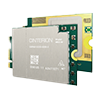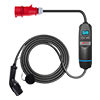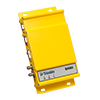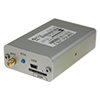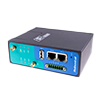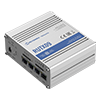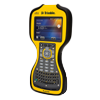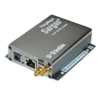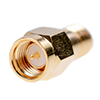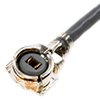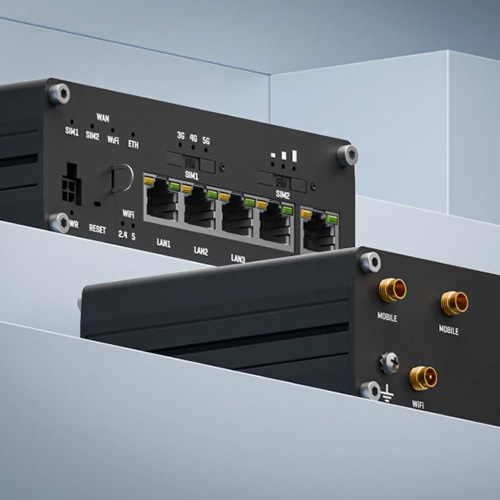Massive Machine-Type Communication (mMTC) represents one of the three key categories of 5G services. This technology enables energy-efficient usage across various domains. Thanks to 5G mMTC, it is possible to collect a massive amount of small data packets, from up to one million Internet of Things (IoT) devices per square kilometer.
It is anticipated that with the advent of 5G, the number of IoT devices worldwide will grow to over 29 billion by 2030. As 5G technology develops, it brings revolutionary changes to communication, leading to more efficient and intelligent processes in the future.
What is 5G IoT?
5G represents the current generation of mobile communication systems, and its deployment is occurring in stages.
Phase 1
In the first phase, 5G operates as a non-standalone (NSA) network, utilizing enhanced 4G radio and core networks.
Phase 2
In the second phase, illustrated as a digital image of Earth from space, continents are shown illuminated and connected by colorful lines symbolizing global connectivity and communication through 5G and IoT technologies.
The standalone 5G New Radio (5G NR) infrastructure and new core network form the foundation for a new era of wireless connectivity worldwide. It encompasses integration with technologies such as satellites, Wi-Fi, fixed lines, and mobile networks following 3GPP standards. In this phase, 5G transitions to standalone architecture, supporting a broader range of IoT applications.
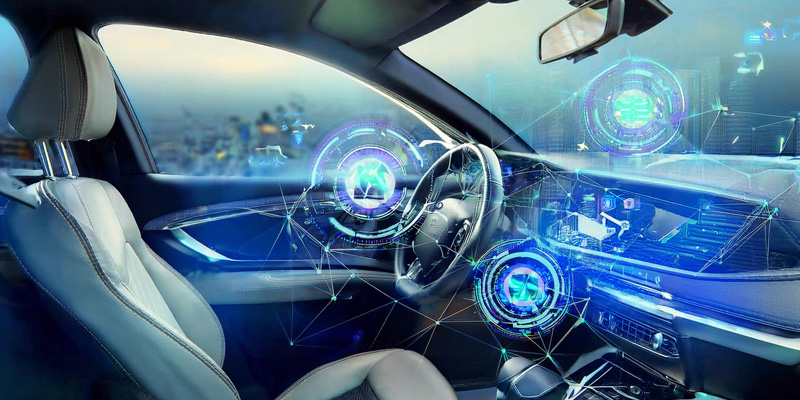
5G mMTC systems are designed to be energy-efficient, with low data throughput requirements, and provide deep and wide coverage indoors and outdoors.
Key benefits of mMTC include:
- Secure connectivity and authentication
- Easy deployment
- Scalability and capacity expansion
The flexibility of 5G also allows businesses and industrial organizations to connect more devices with enhanced capabilities.
The release of 3GPP versions 17 (RedCap) and 18 (eRedCap) marks another milestone in the second phase of development, extending 5G IoT to a broader spectrum of low- and mid-rate applications.

